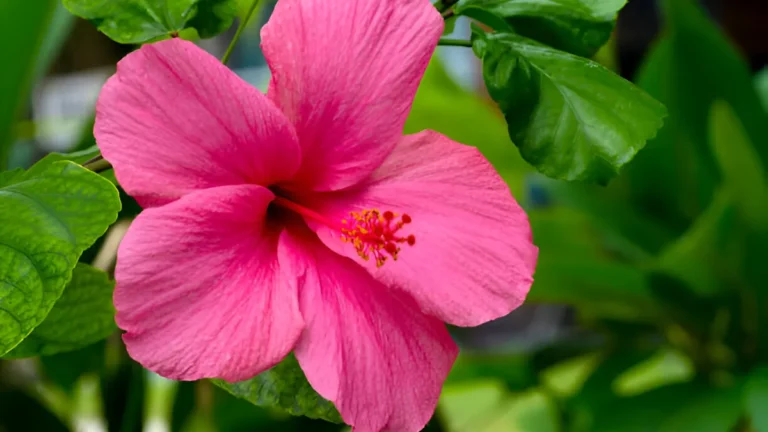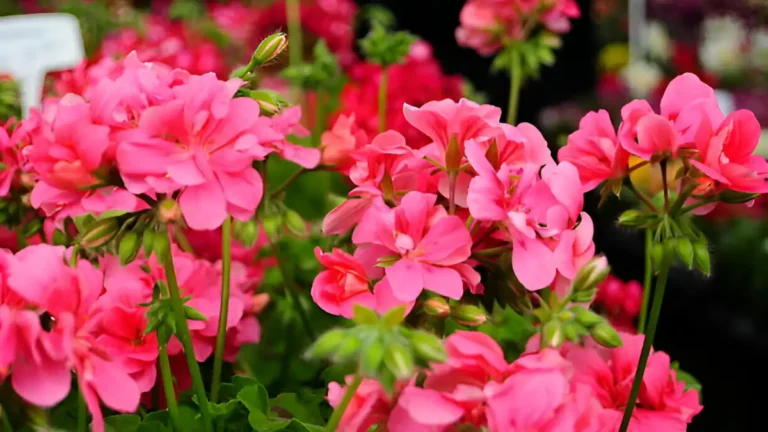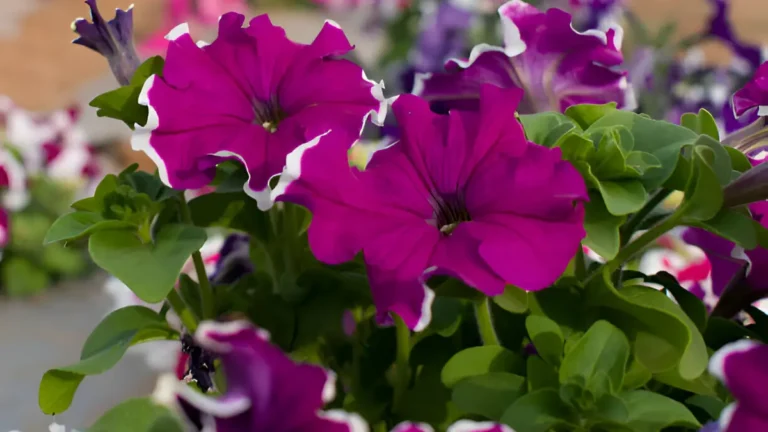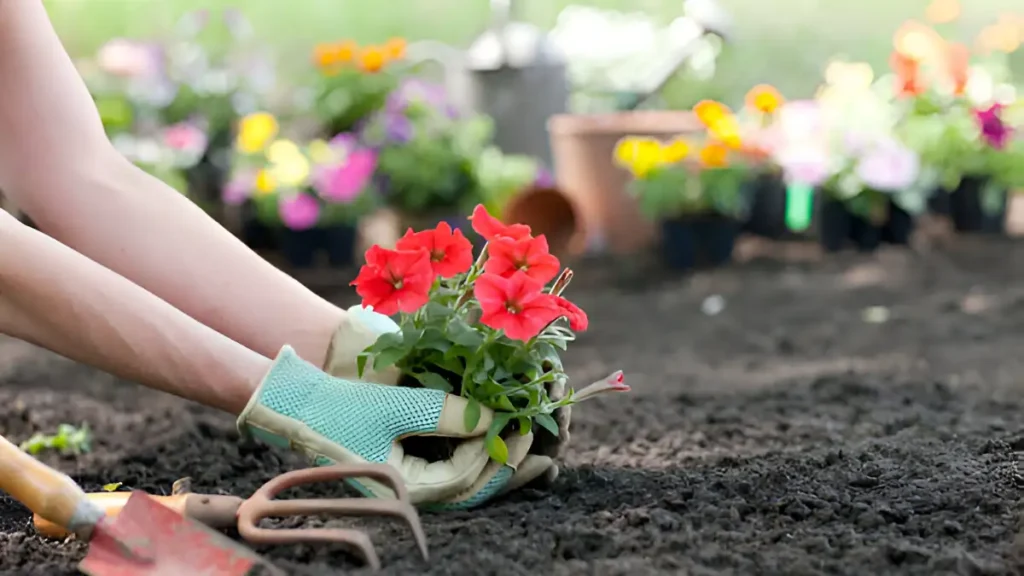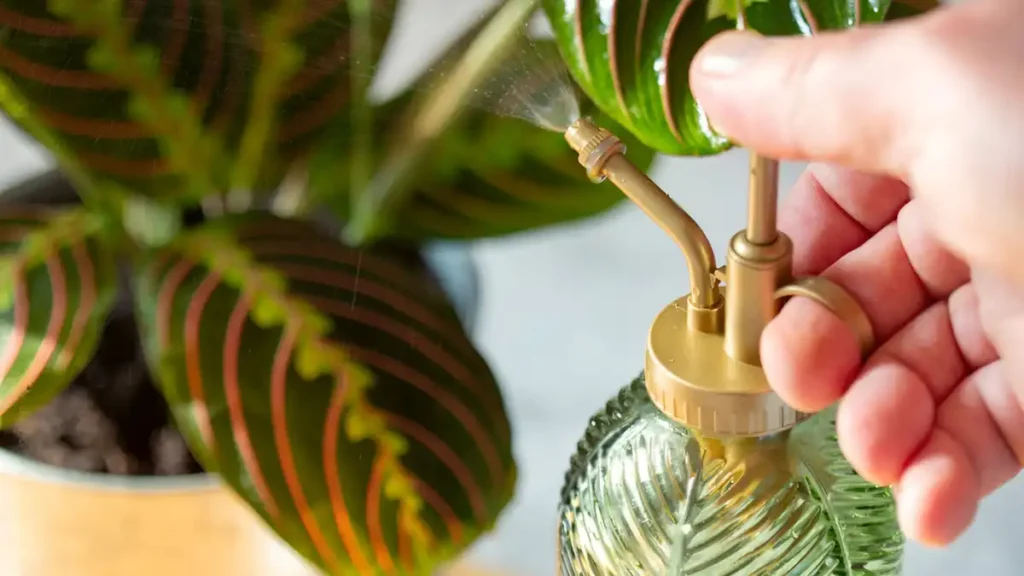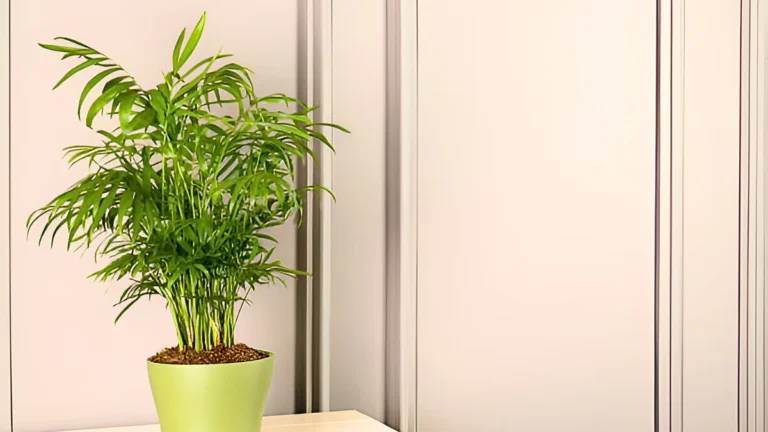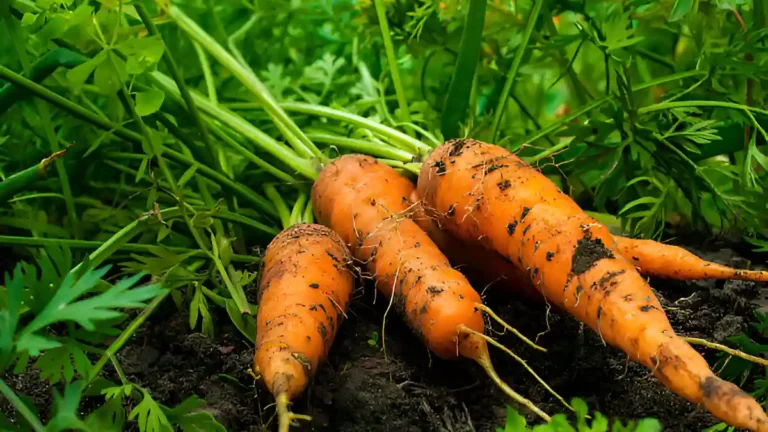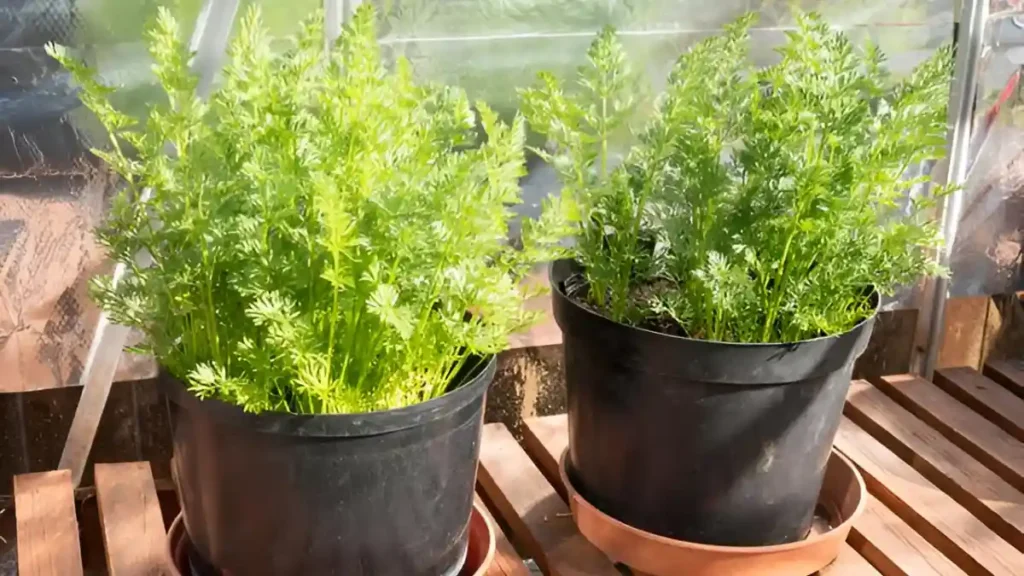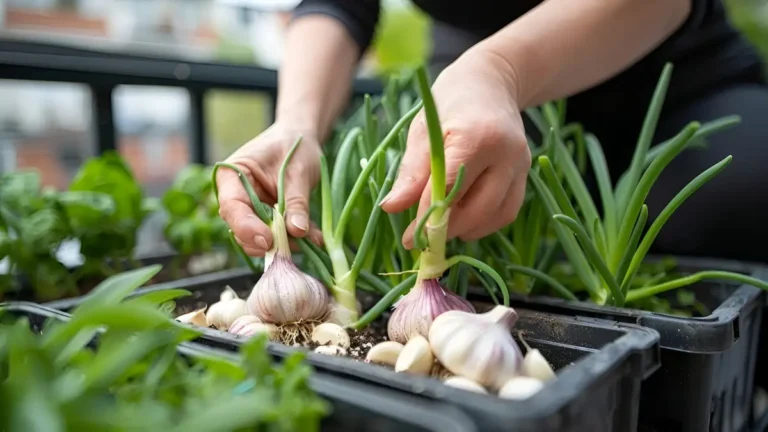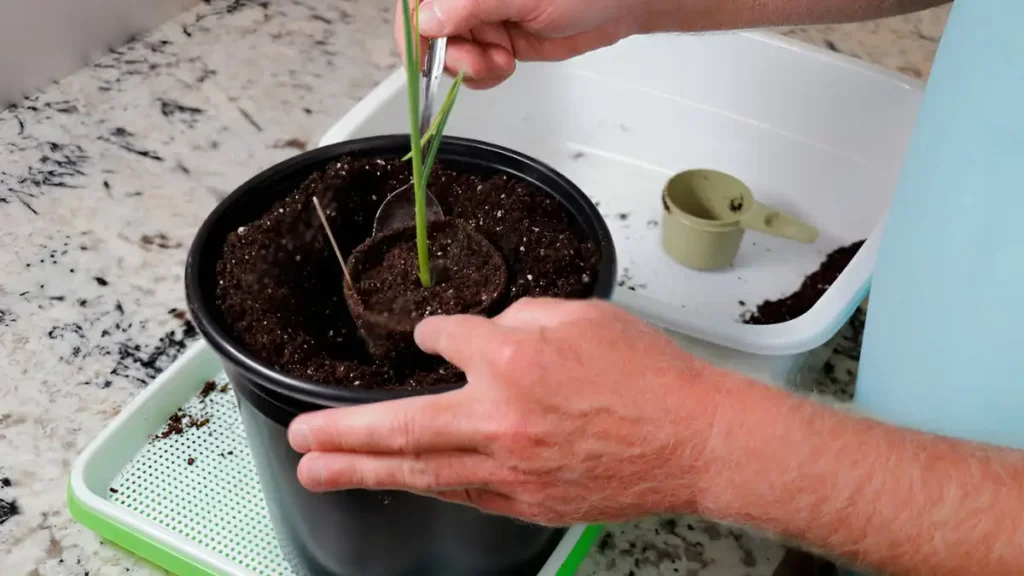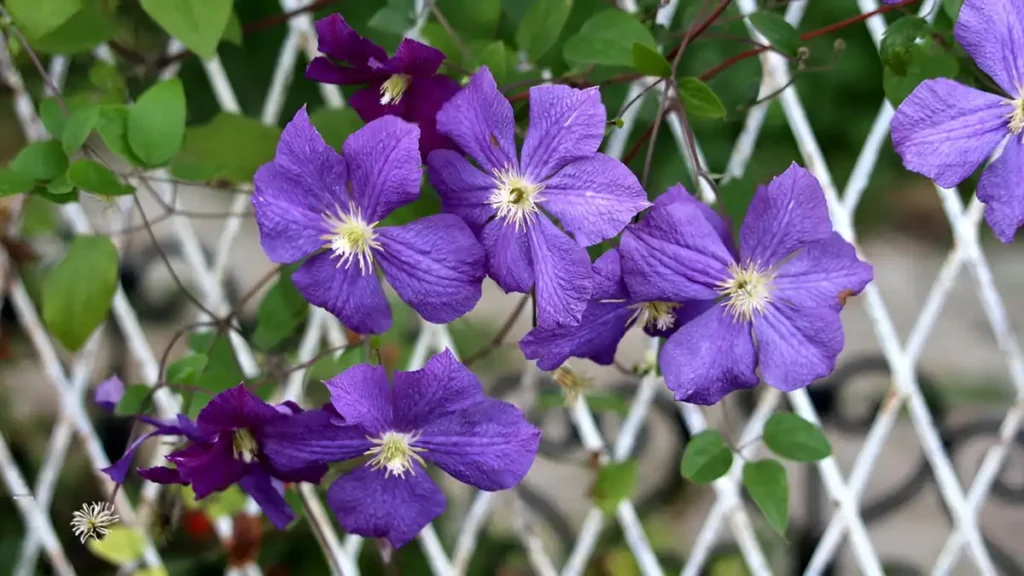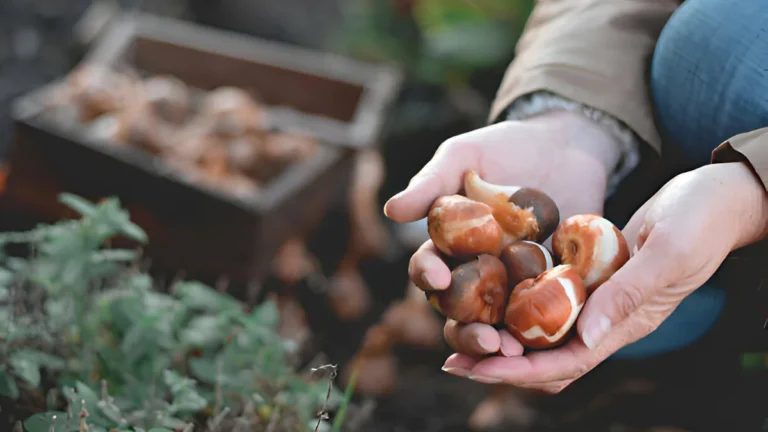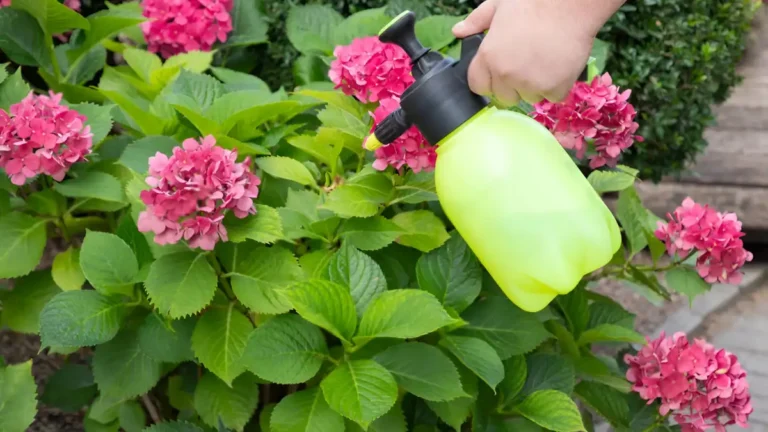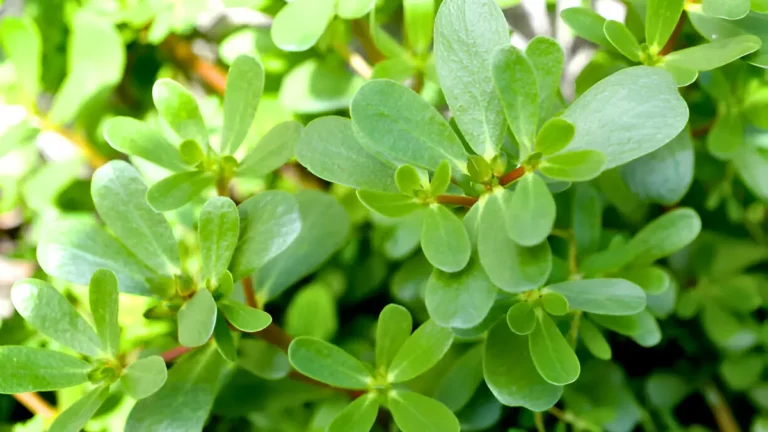Hibiscus, known for its vibrant and large blooms, is a favorite among garden enthusiasts worldwide. These tropical beauties not only add a splash of color to gardens but also thrive as potted plants, making them perfect for home cultivation. While many are familiar with the common garden hibiscus, numerous exotic varieties can transform your home garden into a tropical paradise. In this guide, we’ll explore some of the most captivating and exotic types of hibiscus you can grow at home, each offering unique characteristics and stunning blooms. In this guide, we’ll explore some of the most captivating and exotic types of hibiscus you can grow at home.
About the types of hibiscus plants:
Hibiscus plants come in great diversity with many different attributes, yet they all share several traits. These plants have beautiful flowers that can be solitary or double in form, and they come in a variety of hues. While the entire plant blooms for a long season, the flowers on some hibiscus species only survive for about a day. All hibiscus plants attract pollinators, such as bees, with their blossoms.
Here are some different types of hibiscus:
1. Hibiscus rosa-sinensis (Chinese Hibiscus)
- Maybe the most well-known species is the Chinese hibiscus, with its eye-catching red, pink, yellow, and white blossoms. This evergreen shrub grows well in warm areas and, in colder climates, can be cultivated inside in containers. It stands out due to its constant blooming and huge glossy foliage.
- Climate: Grows best in warm, humid areas; USDA zones 9–11 are usually used.
2. Hibiscus sabdariffa (Roselle)
- Grown for its delicious calyces, which are used to make drinks, jellies, and sauces, roselle is a popular crop in tropical locations. The plant has lovely red-centered yellow blossoms, and its calyces give it a special culinary twist in addition to its decorative value.
- Climate: Grown in USDA zones 8 through 11, prefers warm climes.
3. Hibiscus syriacus (Rose of Sharon)
- The Rose of Sharon, in contrast to the tropical hibiscus, is a deciduous plant that can withstand colder weather. It bears a profusion of single or double flowers in shades of pink, purple, white, and other vibrant hues. Its blooming season in late summer offers a pop of color when most other plants are starting to fade.
- Climate: Hardy in USDA zones 5 through 9, but tolerant of a broad variety of climates.
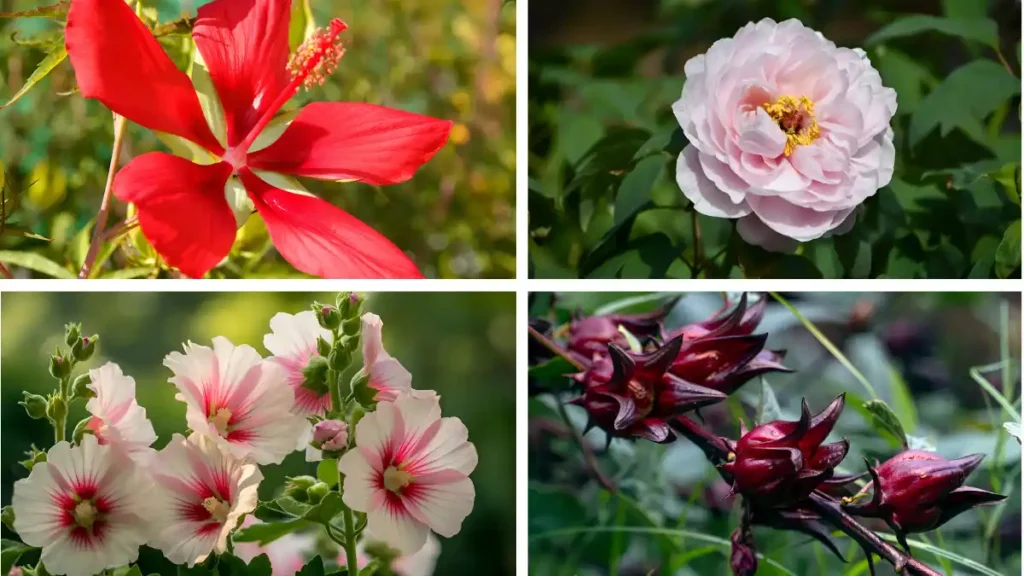
4. Hibiscus acetosella (Red Leaf Hibiscus)
- The Red Leaf Hibiscus is more well-known for its gorgeous foliage than for its flowers; its deep crimson leaves create a striking contrast in any garden. Its tiny, hibiscus-like flowers add a delightful touch to this remarkable plant.
- Climate: Grows as an annual in cooler climes; prefers warm temperatures.
5. Hibiscus mutabilis (Confederate Rose)
- The Confederate Rose, well-known for its unusual color-changing blooms, begins the day as white, changes pink by midday, and closes the day as a deep crimson. With a maximum height of 15 feet, this massive shrub creates a striking focus point for any garden.
6. Hibiscus coccineus (Scarlet Rose Mallow)
- The enormous, brilliant red blossoms of the Scarlet Rose Mallow, which is native to the Southeast of the United States, can grow up to 6 inches in diameter. This resilient perennial can withstand occasional floods and is ideal for water gardens or damp, well-drained locations.
- Climate: Adapts to USDA zones 6 through 10, preferring warm, humid climates.
Conclusion:
You can enjoy different types of hibiscus flower when you grow exotic hibiscus species at home. There is a hibiscus type that will suit your needs, whether you’re hoping to add a tropical flair to your landscape or are searching for robust plants that can tolerate milder climates. These exotic flowers can turn any home garden into a brilliant, colorful haven with the right circumstances and care.
Certainly! If you’d like to learn more, please consider following our WhatsApp Channel: Harvest Gardening
A frequently asked questions:
Q1: What types of hibiscus plants are commonly used for medicinal purposes?
A1: Roselle, or Hibiscus sabdariffa, is a plant that is frequently used in medicine, especially to make tea and herbal treatments.
Q2: What are some types of hibiscus leaves?
A2: Hibiscus leaves are usually oval in shape and have serrated edges, though they can vary in size as well. While some types, like Hibiscus acetosella, have deeply lobed foliage that occasionally has reddish or variegated hues, others, like Hibiscus rosa-sinensis, have glossy, dark green leaves.
Q3: What are the main health benefits of hibiscus?
A3: The strong antioxidant content of hibiscus is well-known for its ability to counteract oxidative stress. Moreover, it can help decrease cholesterol and blood pressure and has anti-inflammatory qualities.

